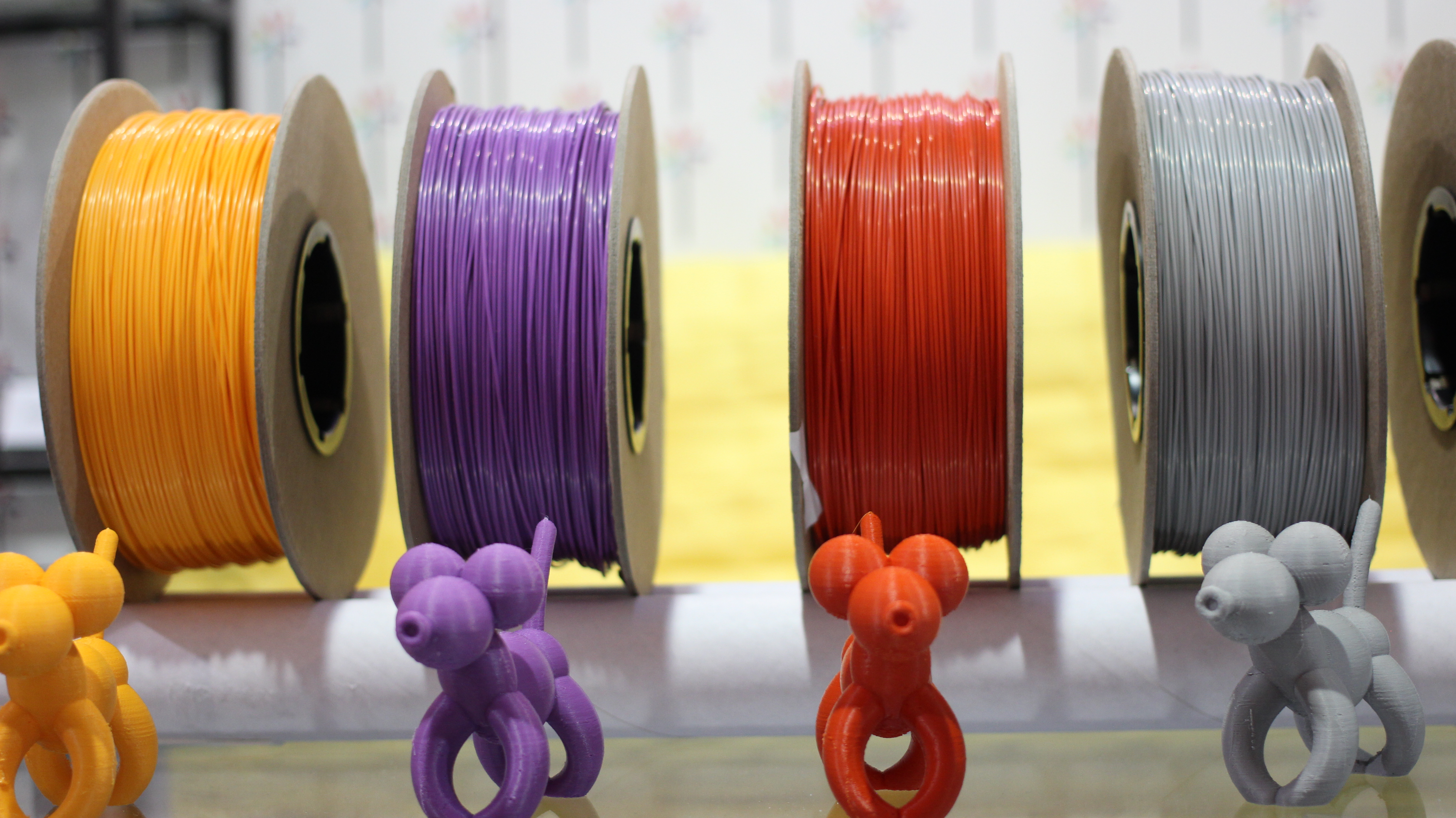More environmentally friendly textile thanks to 3D printing in PLA

Can PLA (polylactic acid) make the textile industry more sustainable? Can it replace cotton? Anyhow, this is what comes out from a study published by four major universities – the Borås university in Sweden, two French universities, Gemtex and Lille Nord, and a Chinese university, the Chinese College of Textile and Clothing Engineering – on the use of 3D printing and PLA in the creation of clothes that have a minimal environmental impact.
Very appreciated in 3D printing, PLA, a polymer produced from corn starch, is an entirely biodegradable material and undoubtedly one of the less polluting used in additive fabrication.
Applied to the textile sector, 3D printing in PLA could replace the more polluting flocking techniques (using ink and/or glue). Most importantly, the textile industry requires a lot of water which makes it not much sustainable. The study reminds us that to produce 1kg of cotton, you need about 20,000 liters of water. Resorting to 3D printing instead of serigraphy “would avoid an unnecessary use of water”. PLA would also permit to spend less in “energy and chemical products” that are present in ink. In a nutshell, polylactic acid could “improve the productivity and environmental footprint” of textile printing.
PLA can also be reinforced with almost any other substance (such as coffee grounds). One of the experiences presented in the study shows a mix of PLA and nanotubes of carbon. A new perspective for intelligent clothing that could produce “intelligent medical equipment, sports garments that manage body temperature, safety equipment for the defense industry”.
